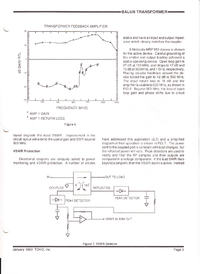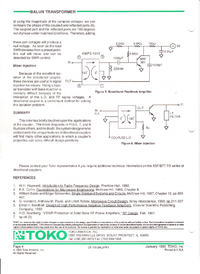ge
Full Member level 5
- Joined
- Jun 23, 2006
- Messages
- 250
- Helped
- 29
- Reputation
- 58
- Reaction score
- 29
- Trophy points
- 1,308
- Location
- Pennsylvania, USA
- Activity points
- 2,772
I've read a few papers where part of the input is fed into the base of an CB NPN transistor using a transformer. A few authors has referred to this as Lossless Feedback Amplifier with Passive Augmentation. How is the design kept from oscillating?



